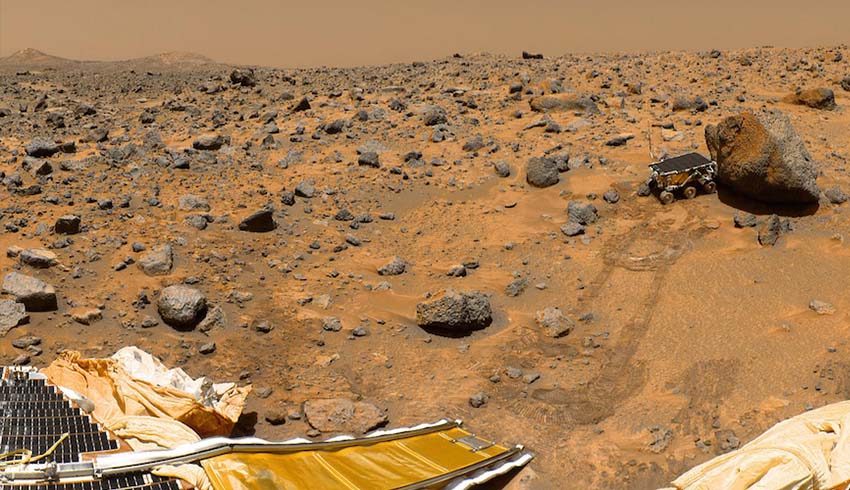Missing this narrow window would require a wait of 26 months before the next opens.
China has already conducted missions to the moon, the first a controlled crash in 2009, followed by probes to the moon surface in 2013 and last week, unusually, on the far side of the moon.
NASA is also launching for Mars during the July-August 2020 launch window, when the red planet is closest. That will land the ExoMars 2020 rover.
China’s Mars mission is ambitious, comprising both an orbiter and lander carrying a total of 13 science payloads, now being integrated by the National Space Science Center (NSSC) in Beijing.
The orbiter will carry high and medium resolution cameras, radar able to look beneath the surface, mineralogy spectrometer, particle analysers and a magnetometer.
The rover weighs 2,490 kilograms, making it near twice the size of China’s lunar rovers. It will be equipped with a ground penetrating radar, multispectral camera, a laser spectroscopy instrument plus payloads for assessing the climate and magnetic environment.
China said its mission objectives are to search for evidence of current and past life and to assess the environment. The solar-powered rover will perform chemical analysis of the Mars soil in search of biomolecules and biosignatures.
Because this is a large payload, it will need to be launched on China’s most powerful launch, a Long March 5 rocket, which hasn’t flown since one failed to reach orbit in 2017.
India was the first Asian nation to successfully send a probe to Mars, with its Mars Orbiter Mission spacecraft entering orbit in 2014.
Although only intended to last for six months, this spacecraft remains in orbit around Mars in good health and continues to send back images.
China’s first attempt at a Mars mission was a failure. The Yinghuo-1 spacecraft was launched on a Russian Zenit-2SB rocket that reached Earth orbit but failed to make the two rocket burns needed to go to Mars.
Consequently, Yinghuo-1 and the Russian Fobos-Grunt sample return spacecraft were stuck in Earth orbit. Both were declared lost and subsequently re-entered the Earth atmosphere and burned up in early 2012.

